
Keeping Women in the Workforce with Migraine
According to the World Health Organization (WHO), migraine attacks are the second leading cause of disability worldwide (1).
At the Brain Foundation, we are working to change this, starting with helping women with migraine stay in the workforce. Learn more about the impact of migraine & how you can get involved.

Migraine attacks are a neurological condition that can cause intense:

Head pain
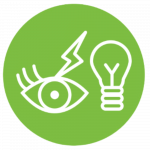
Sensitivity to light
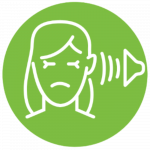
Sensitivity to sound

Nausea & vomiting
Migraine is a barrier to women’s participation & equity in the workforce. Did you know that…
- Migraine affects 1 in 4 Australian households (2)
- 75% of employees with frequent and severe headaches have never received treatment for their condition (3)
- 90% are unable to work normally during a migraine attack (3)
- People with frequent migraine attacks are more likely to be underemployed or on disability support pensions
- There are over 14,100 people with chronic migraine on disability support pensions (DSPs) in Australia – costing $300 million per annum (4)
Women make up 72% of migraine sufferers
…and often face stigma and misconceptions that affect their career advancement opportunities.

62.7 million
workforce person/days are lost each year due to migraine resulting in…
$16.3 billion
in lost productivity each year (2).
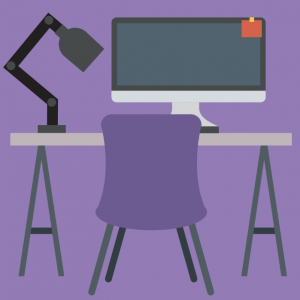
When migraine is allowed to persist without effective management, it can progress in severity and can be associated with a range of costly comorbidities including:
-
Anxiety
-
Depression
-
Obesity
-
Sleep disorders
-
Fibromyalgia
-
Allodynia
-
Arthritis
-
Hypertension
-
Heart disease
-
Endometriosis
Most of this burden to Australians and cost to the economy is preventable.
There are proven strategies to effectively address migraine in the workplace, increase productivity and improve migraine management.
Employers can minimise migraine triggers through…

Implementing fragrance-free workplace policies
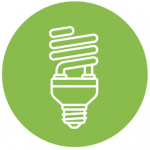
Swapping out fluorescent lights

Offering anti-glare computer screen shields
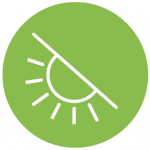
Providing a dark room
Productivity programs
A workplace productivity program is a proven way to reduce the loss of productivity caused by migraine and has benefits for both the workforce and the economy.
Migraine-specific workplace productivity programs have been shown to halve the number of migraine-related absences and significantly increase productivity.
Having a workplace environment that properly supports people with migraine can prevent them from leaving the workforce during their most productive years and save $30 million if 10% of people on disability support pensions re-enter the workforce.
The Brain Foundation can partner with organisations in several ways:
- Educational talks
- Impact assessments
- An app-based employee productivity enhancing educational program
Get in touch with us to learn more about these partnership options.
Awareness campaign
There has also been evidence from similar areas, such as mental health (Beyond Blue, RUOK and Head to Health), and endometriosis (Let’s Talk Periods), that have shown the potential of targeted awareness campaigns to address stigma, encourage diagnosis and improve health outcomes.
If 30% of people with chronic migraine more effectively managed their condition to episodic migraine, it would save $4,922 in health costs per individual, and $547 million per year in Australia (2).
The benefits of addressing migraine at work include:

Greater sense of wellbeing

Higher quality of life

Higher workforce participation rate

More tax revenue
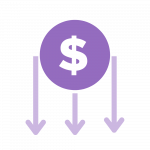
Lower disability & social service costs

Lower healthcare costs
And overall, higher economic productivity.
If you are interested in learning more about how you can support us and help keep women with migraine in the workforce, please contact us at info@brainfoundation.org.au or through our contact form.
References:
- Vos, Theo, et al. “Global burden of 369 diseases and injuries in 204 countries and territories, 1990–2019: a systematic analysis for the Global Burden of Disease Study 2019.” The Lancet 396.10258 (2020): 1204-1222.
- Deloitte Access Economics Report. Migraine in Australia Whitepaper. Oct 2018.
- Gifford, Brian Ph.D. Sharing the Pain: The Productivity Of Employees With Migraines and Chronic Severe Headaches. Integrated Benefits Institute. October 2013. https://www.ibiweb.org/ibi-research-director-speaks-at-a-congressionalbriefing-on-the-prevention
- Australian Government Department of Human Services (Accessed Dec 2022)


 The Brain Foundation is the largest, independent funder of brain and spinal injury research in Australia. We believe research is the pathway to recovery.
The Brain Foundation is the largest, independent funder of brain and spinal injury research in Australia. We believe research is the pathway to recovery.